 Radomir Reljić, Minesenger, 1963. Oil on canvas, 97 × 130 cm. Courtesy Museum of Contemporary Art, Belgrade. Photo: Saša Reljić / MoCAB
Radomir Reljić, Minesenger, 1963. Oil on canvas, 97 × 130 cm. Courtesy Museum of Contemporary Art, Belgrade. Photo: Saša Reljić / MoCAB Like every emotion, melancholia is anchored in the now—yet it resists it. It stretches its roots into memory, its gaze toward what may never come. Unlike joy, which bursts, or anger, which strikes, melancholia simmers. It accumulates. It settles into the folds of time, folding us with it. The exhibition Future of Melancholia, currently on view at HALLE FÜR KUNST Steiermark in Graz, brings together a chorus of Serbian artists across generations—emerging and established—each carrying their own tone of this haunting melody.
Primarily consisting of paintings, with occasional installations, these works don't merely depict melancholia—they construct its architecture. There is pain, but also structure. Melancholy is a form of sense-making, however fragile.
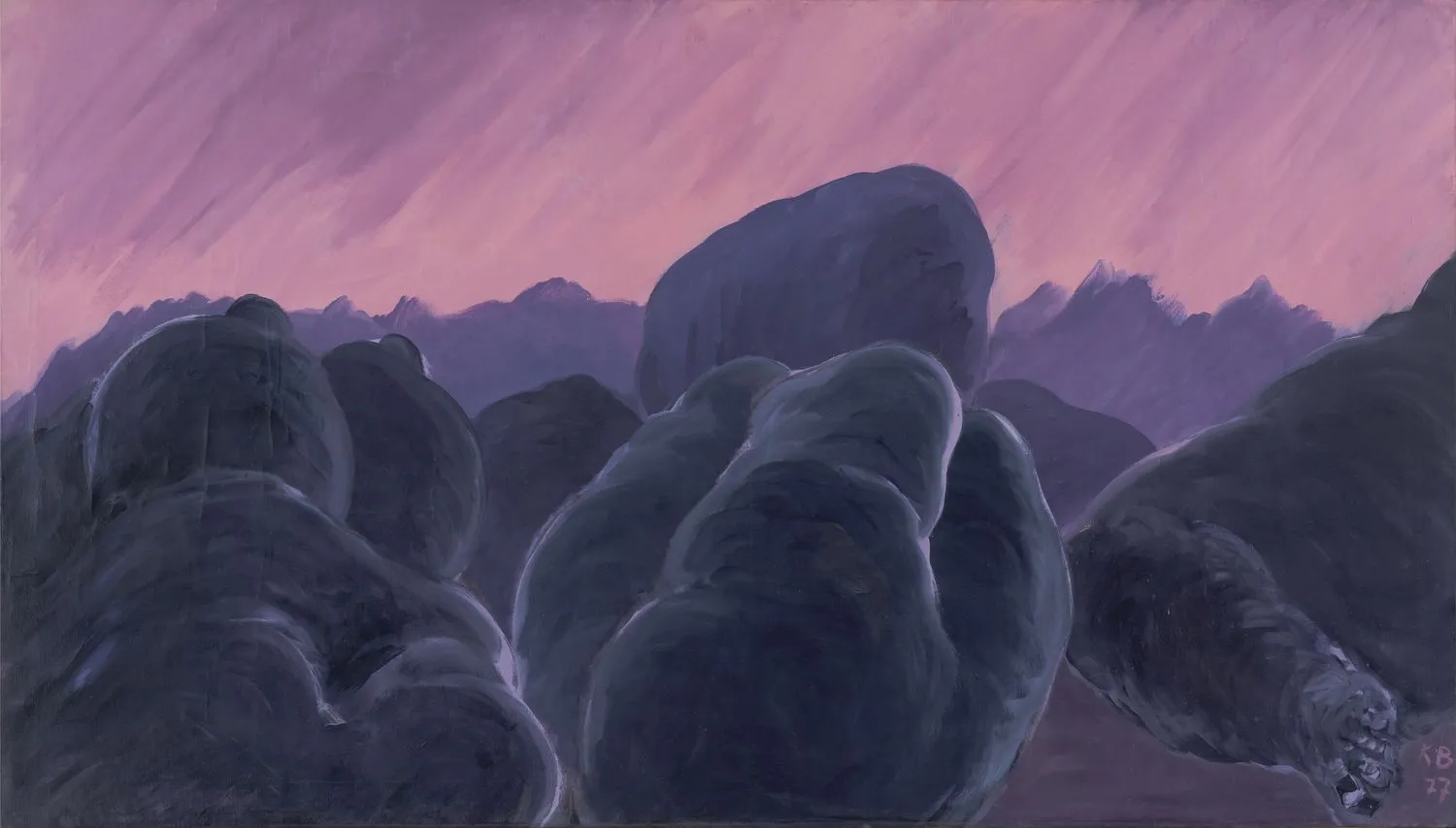

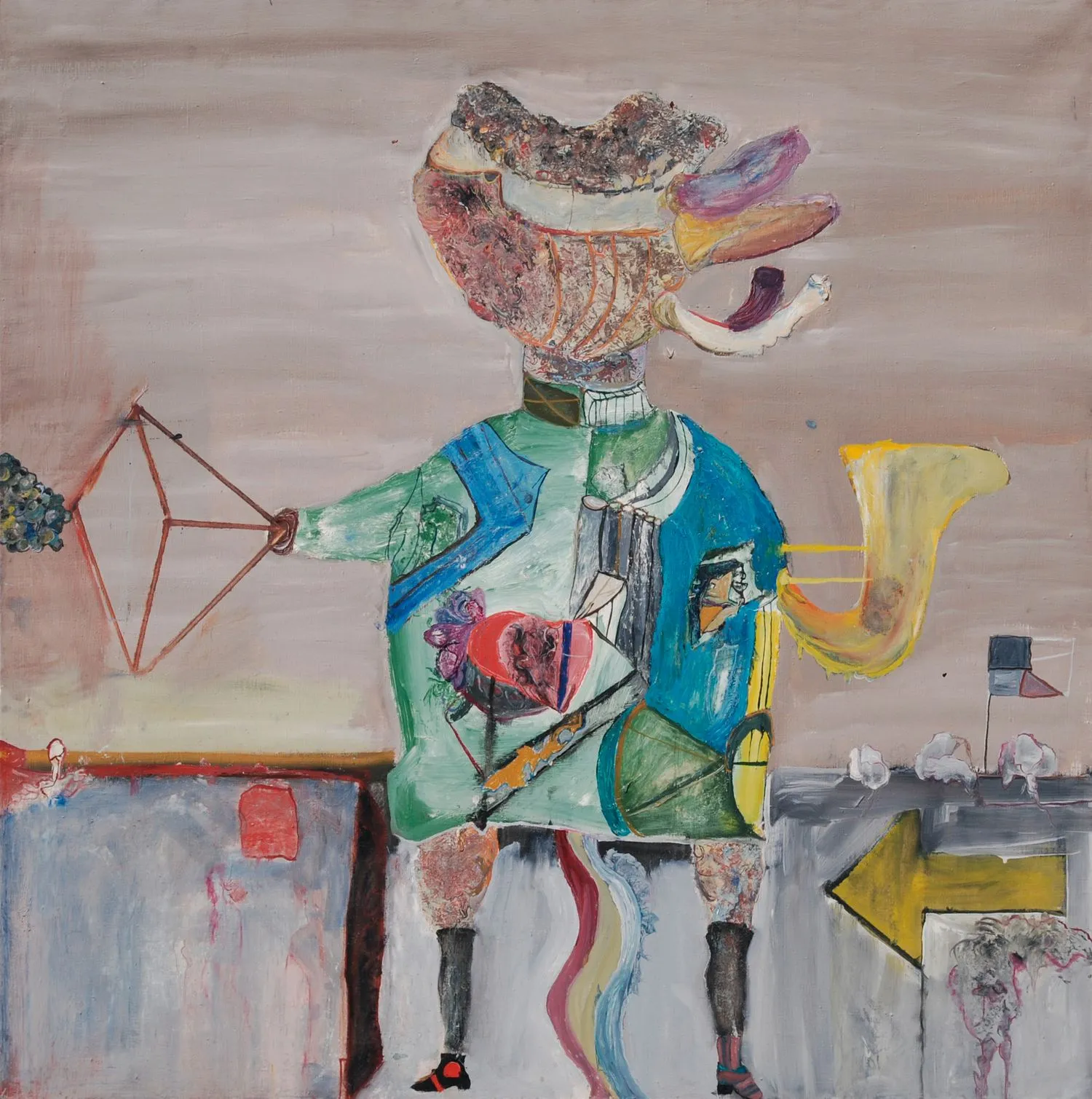
For artists from a region where states dissolve like sugar in tea, where borders redraw themselves with violent pens, melancholia is not just a feeling—it is an atmosphere. A Slavic sadness, perhaps. Not only inherited, but metabolized. From the rise and rupture of Yugoslavia, through the fragmentation of its successor states and the enduring impact of Western intervention and perception—our history has taught us to live with ambiguity, longing, and an elastic sense of identity.
It is no wonder that Serbian and Yugoslavian artists have cultivated a particular sensitivity to the melancholic. In this exhibition, that sensibility takes many forms—cinematic stillness, ghostlike figures, surreal landscapes that stretch like dreams we half-remember. Some works cling to life—familiar rooms, passing faces—while others drift into the deep corners of our minds.
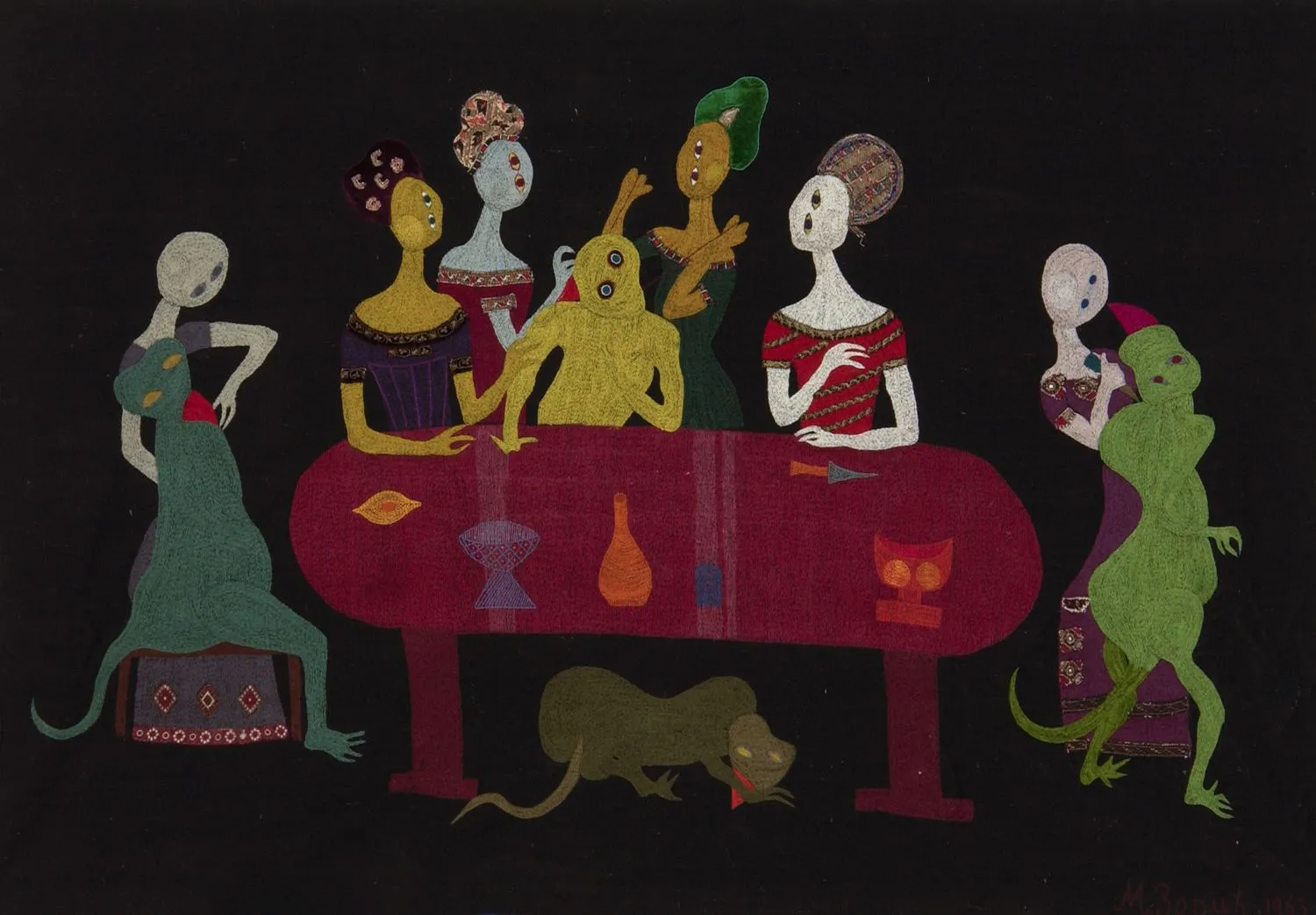
What sets Future of Melancholia apart is how it threads time—past, present, and the ever-slippery future—through a loose yet evocative structure. The exhibition unfolds in three fluid chapters: Surrealist pioneers, mid-century modernists, and a contemporary generation. These categories are not rigid but serve as soft coordinates, mapping how melancholia has echoed, transformed, and reemerged across decades.
Among those whose works reflect the early roots of Surrealism are artists like Marko Ristić, Aleksandar Vučo and Dušan Matić, Vane Bor, and Radojica Živanović Noe—founders of the Surrealist movement in Yugoslavia who were in dialogue with international currents, bringing a distinctly local flavor to the global avant-garde. Their work is infused with a metaphysical longing, an engagement with dreams and the unconscious.
Moving into the post-war period, artists such as Ilija Bašičević Bosilj, Ljiljana Blaževska, Kosara Bokšan, Olga Jevrić, Bogoljub Jovanović, Leonid Šejka, Sava Sekulić, Ivan Tabaković, Milica Zorić and Radomir Reljić developed more personal and allegorical approaches, shaped by the shifting political and social realities around them and the collective history they were navigating.
The contemporary Serbian artists featured here—Lidija Delić, Milena Dragićević, Biljana Đurđević, Vukadin Filipović, Marko Obradović, Marija Šević, Nina Zeljković and Saša Tkačenko—forge ahead, reinterpreting the surreal through a lens that looks beyond national boundaries and into broader, transnational dialogues.
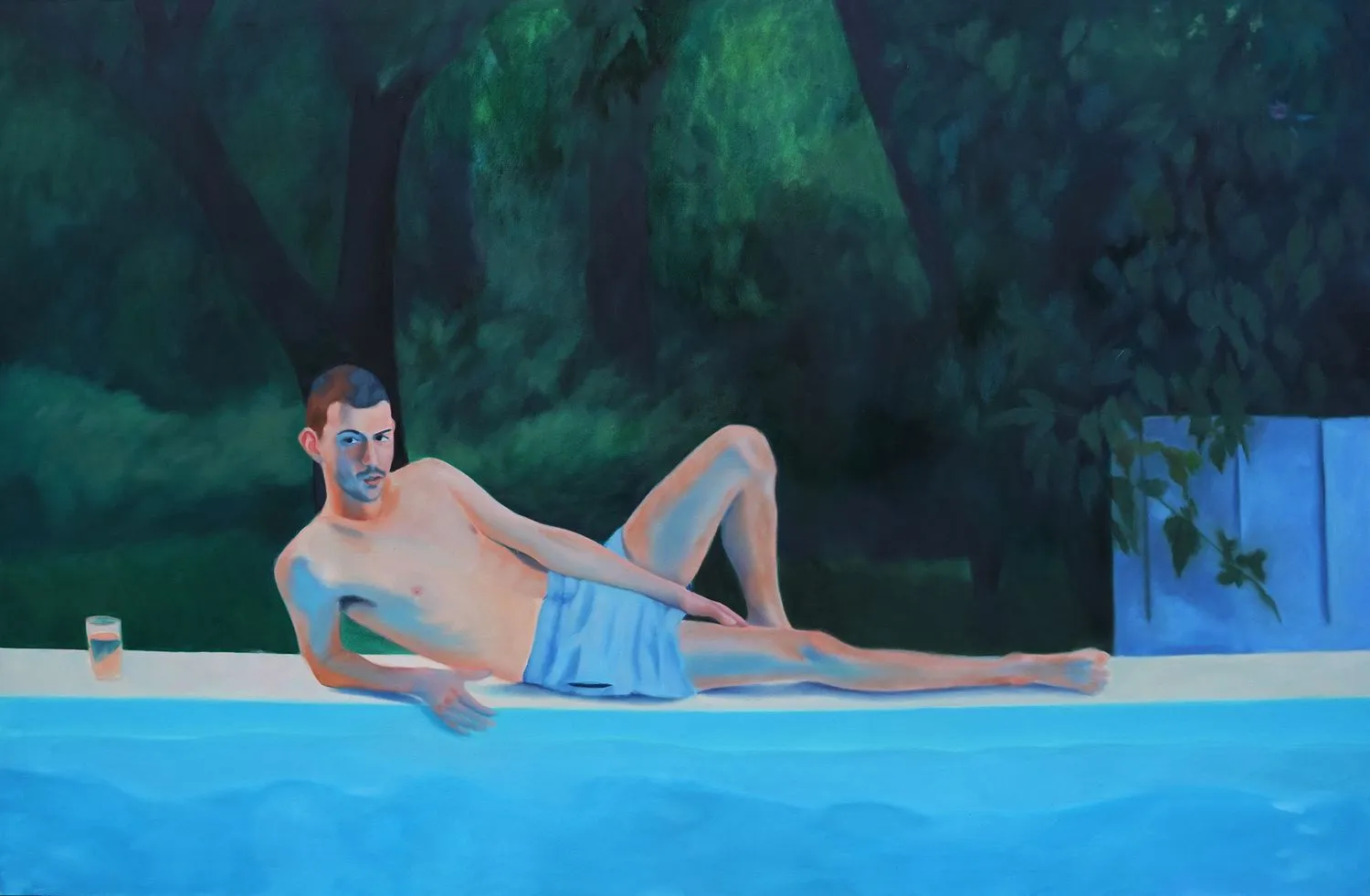
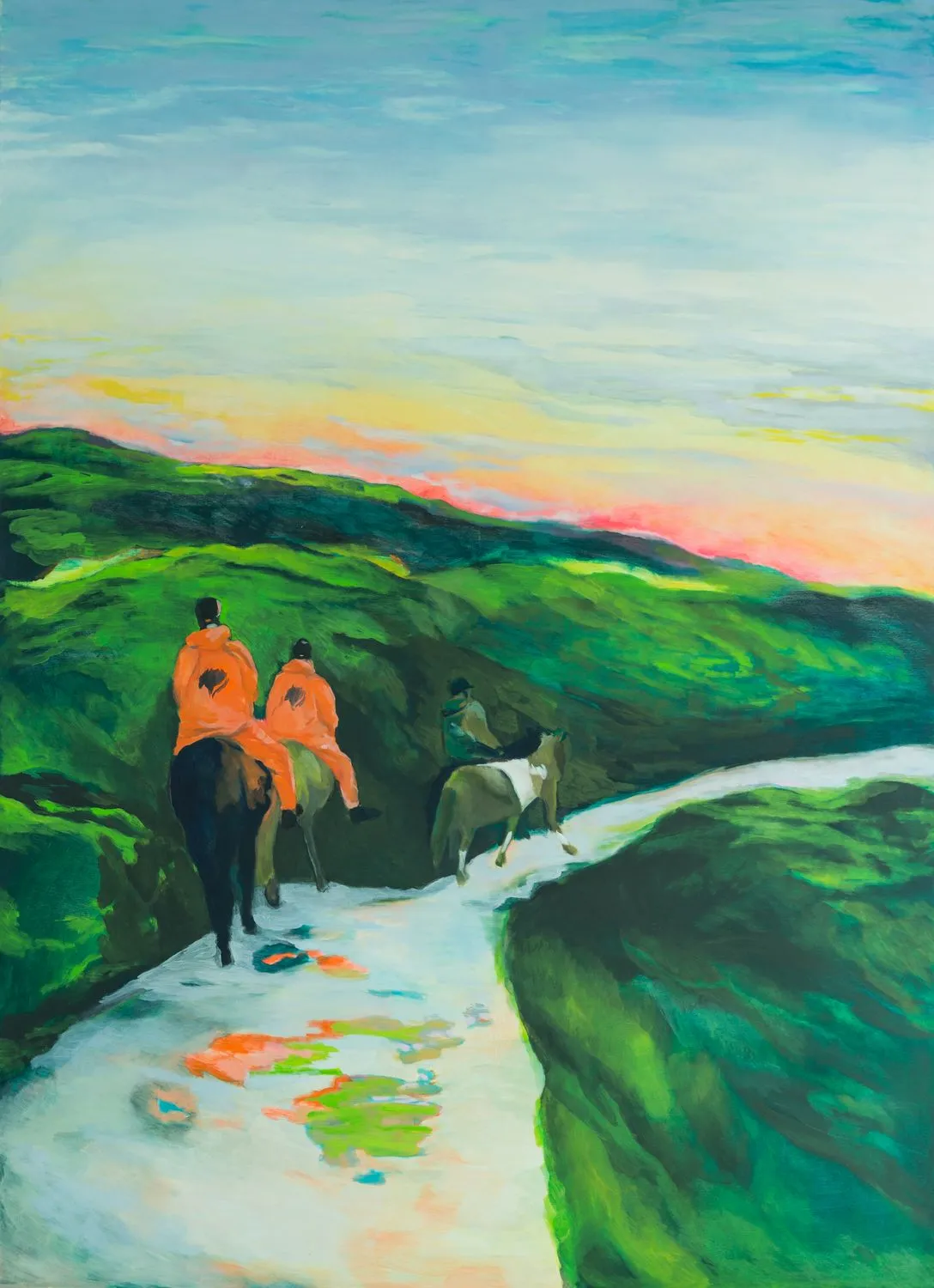
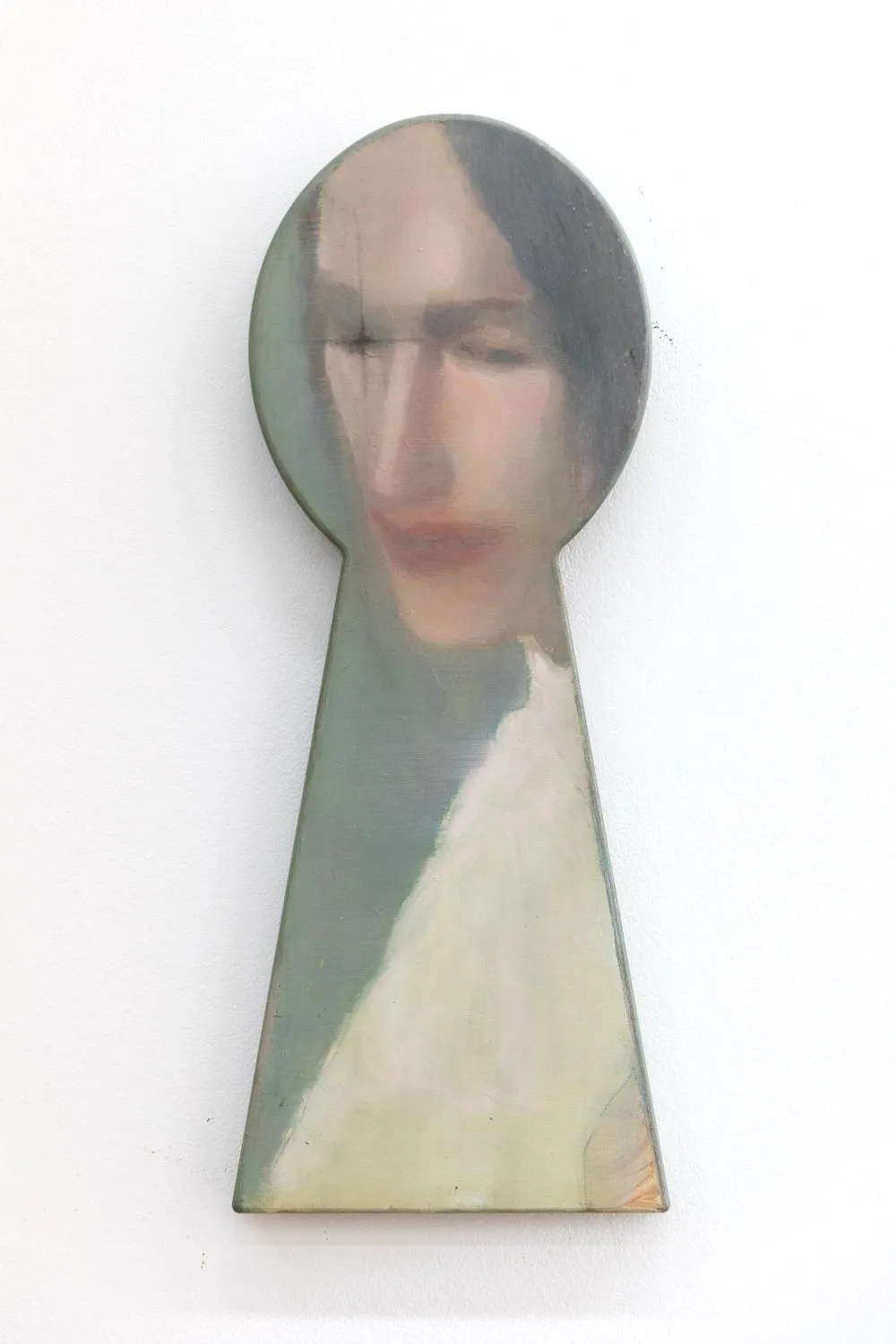
The works on display invite us into a state—one where older generations once spoke of melancholia in relation to the uncertain fate of the future. Their voices, which echoed a deep concern for what might come, now find their successors speaking back—shifting the conversation toward unexpected new light. What was once sorrow becomes texture, dream, gesture. The feeling remains, but its shape has changed.
Yet, melancholia never quite departs. Always there, a persistent mist. Future of Melancholia tells us that feeling deeply—about history, about change, about fragility—is a form of knowing. In an age of urgency, melancholia slows us down. It teaches us to mourn. To imagine. It is not nostalgia. It is a state of lucid dreaming—a reminder of the space between grief and possibility.
The exhibition Future of Melancholia will be on view at HALLE FÜR KUNST Steiermark in Graz until July 8th, 2025.
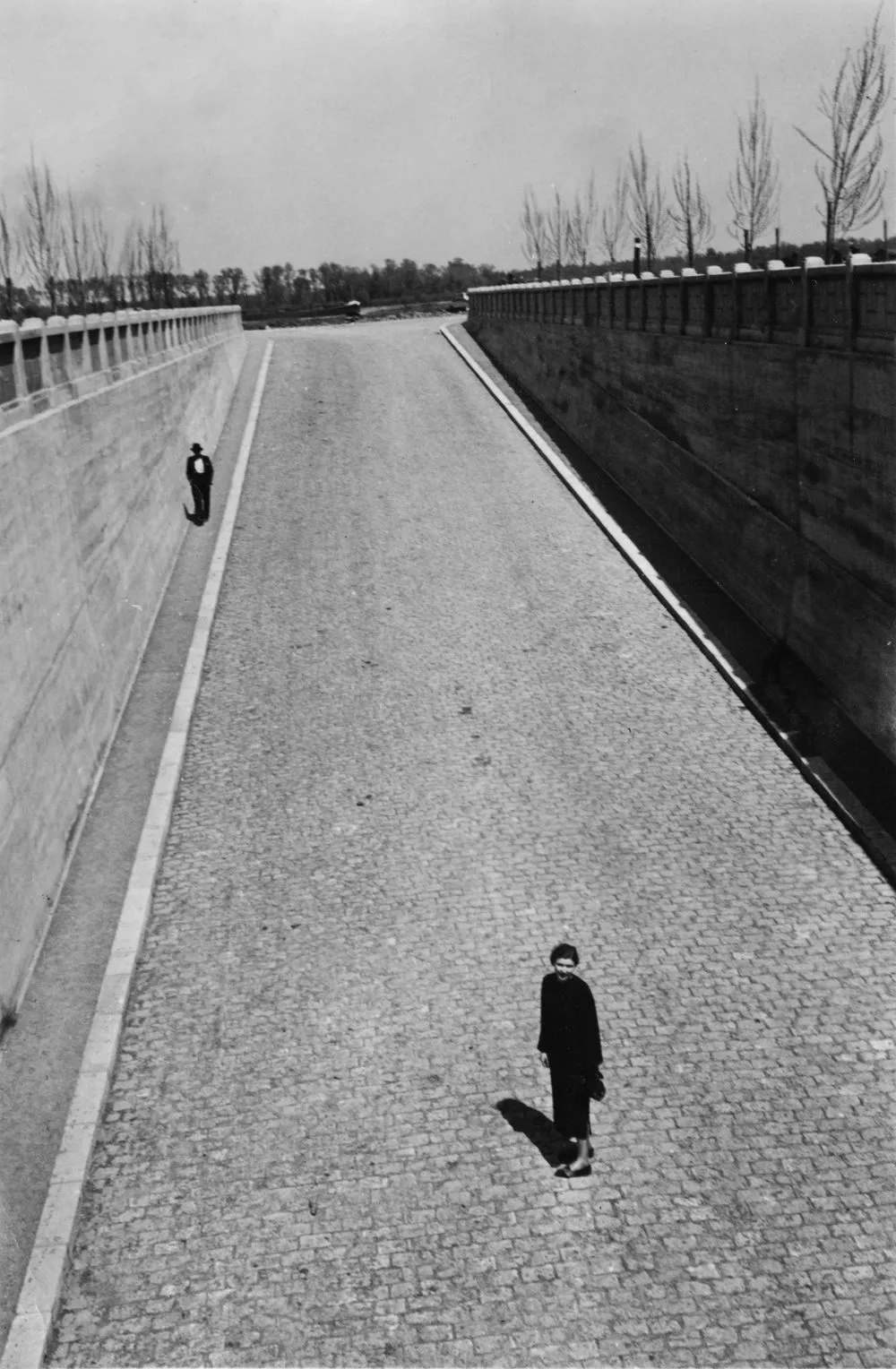
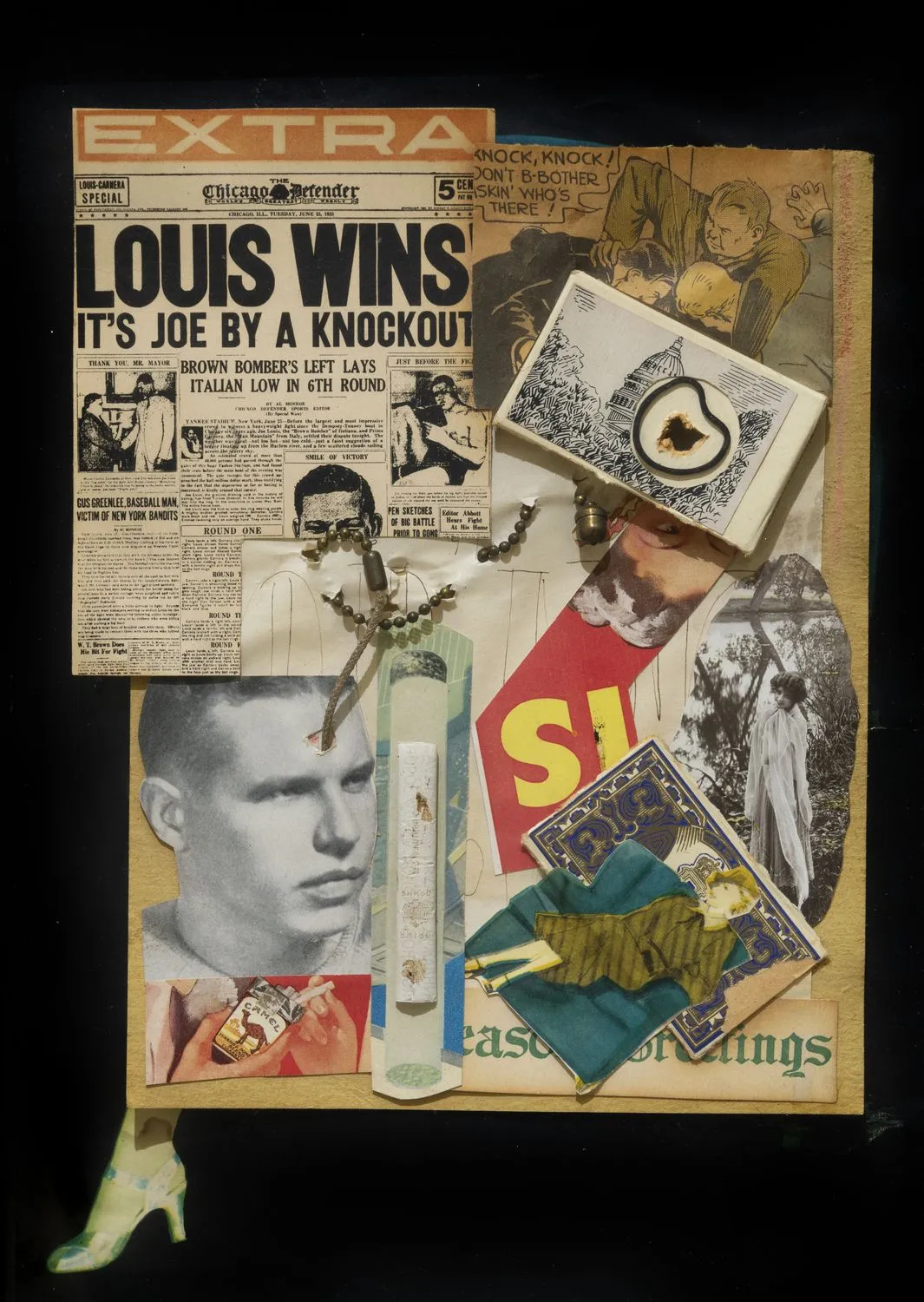
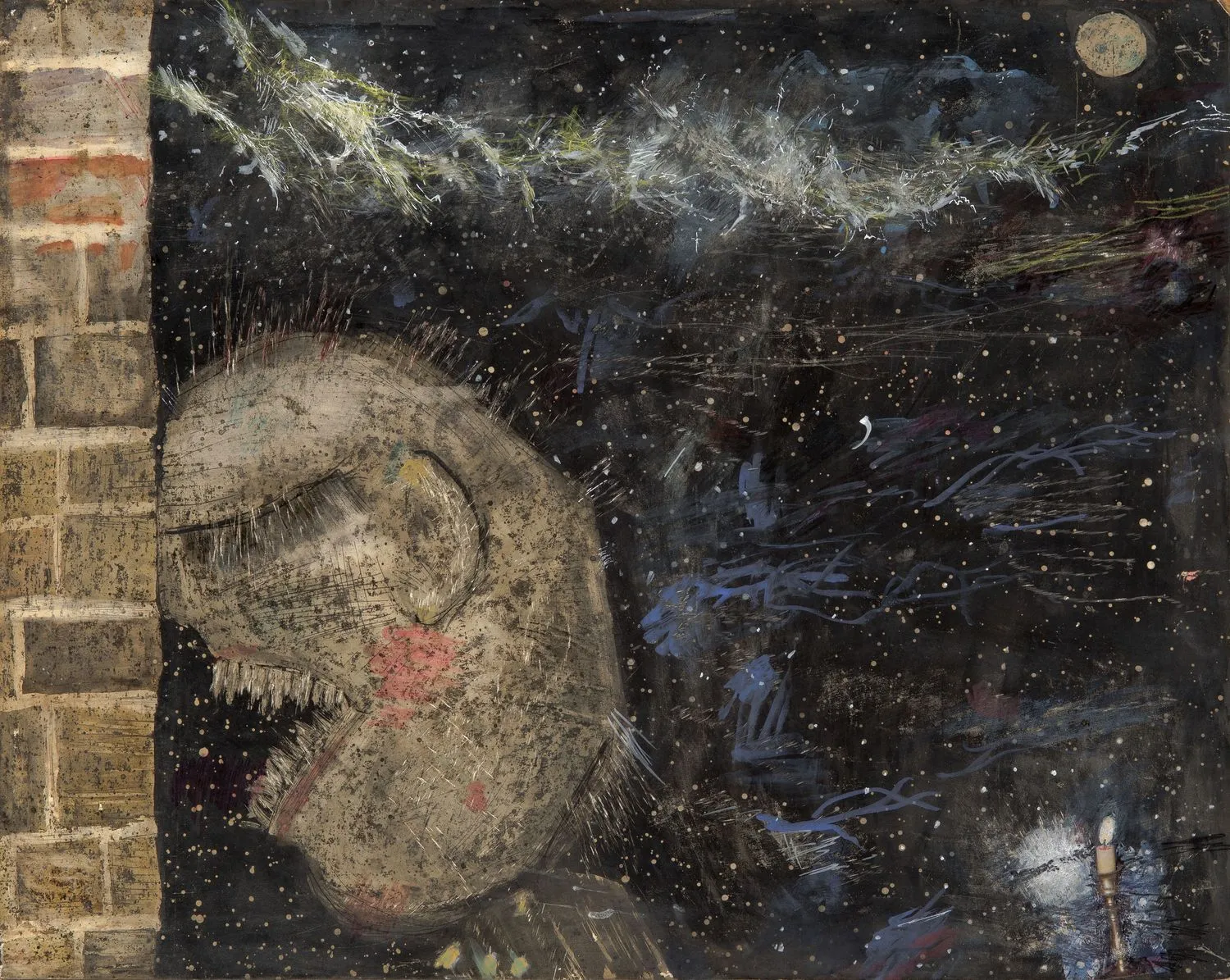
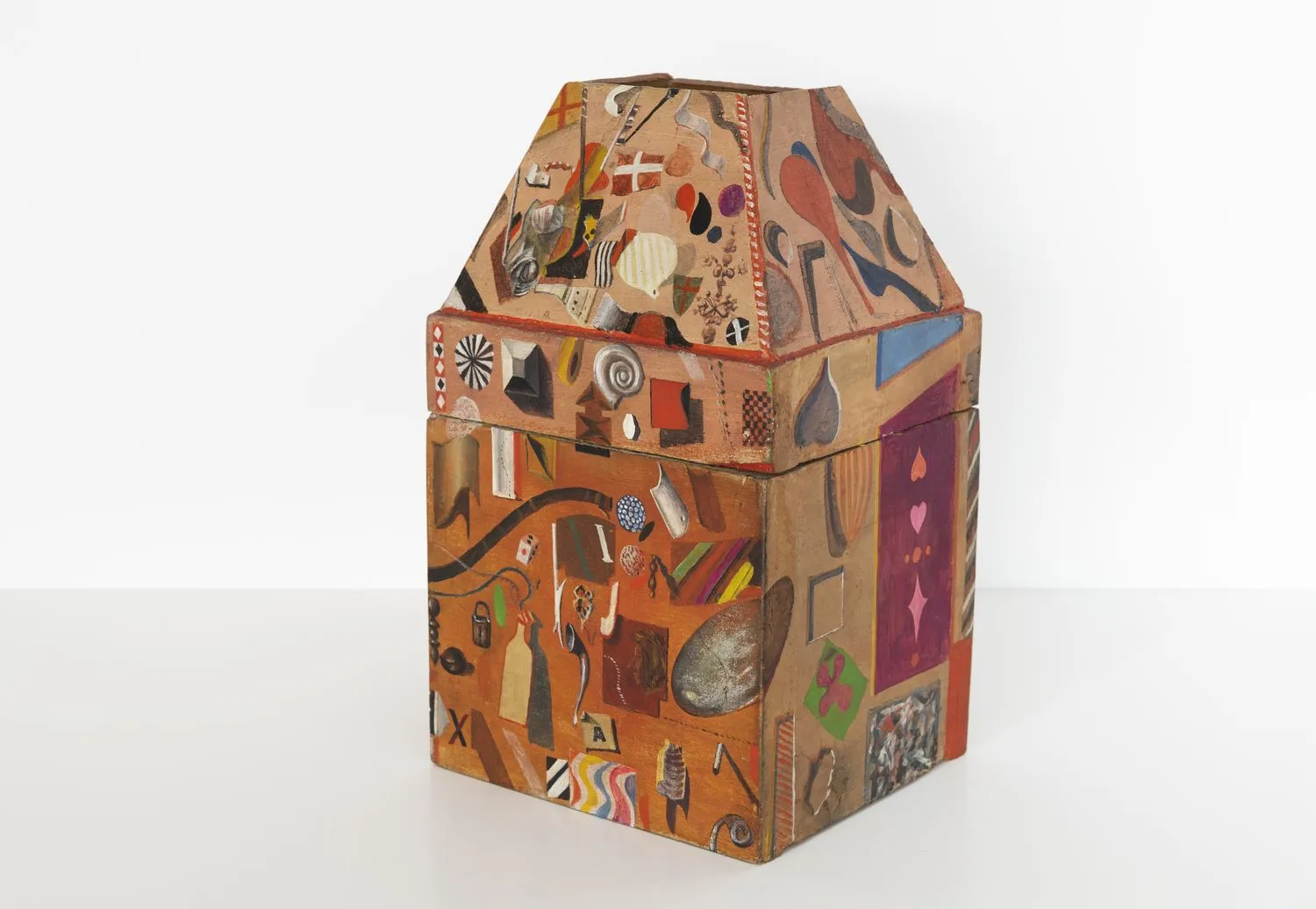
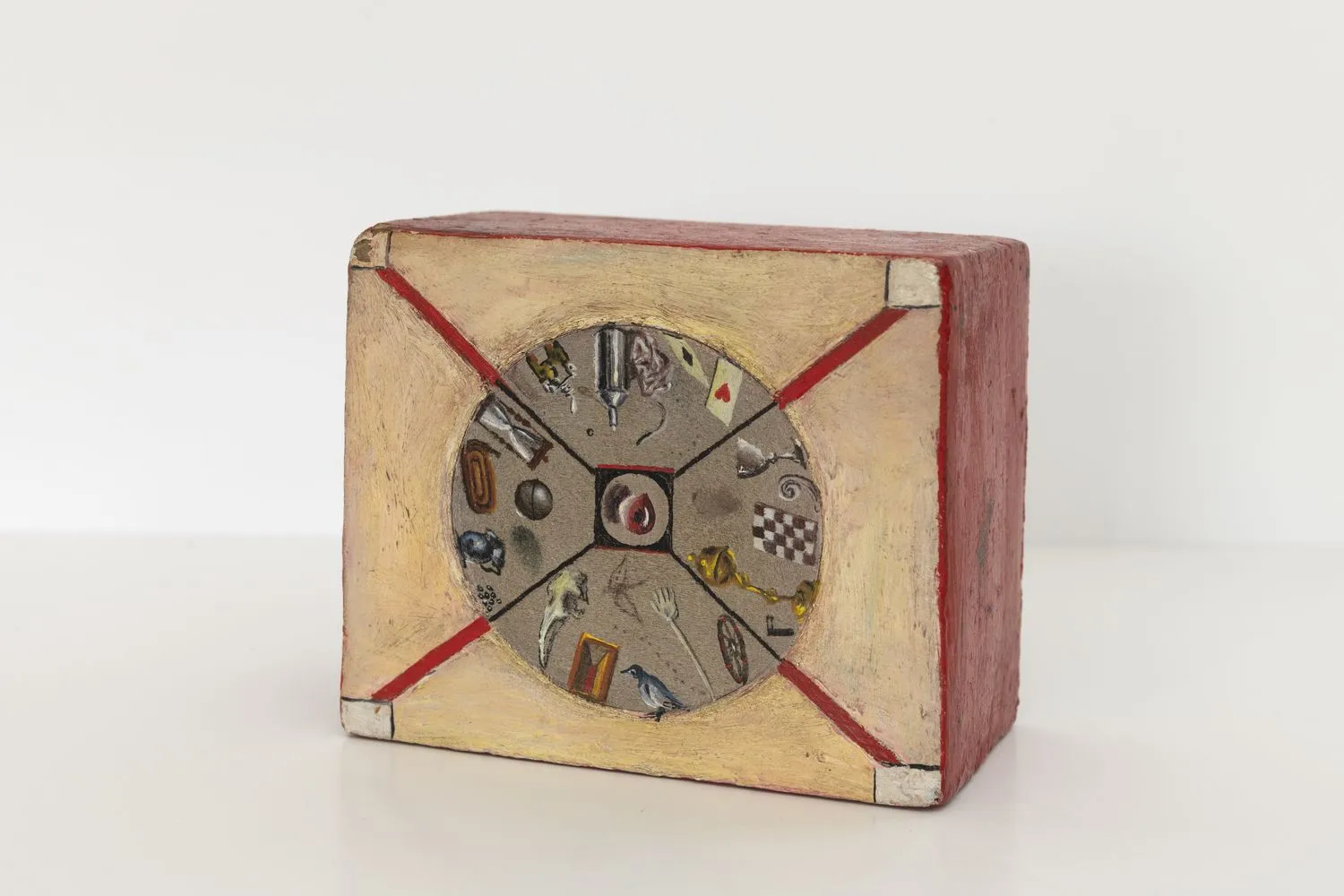
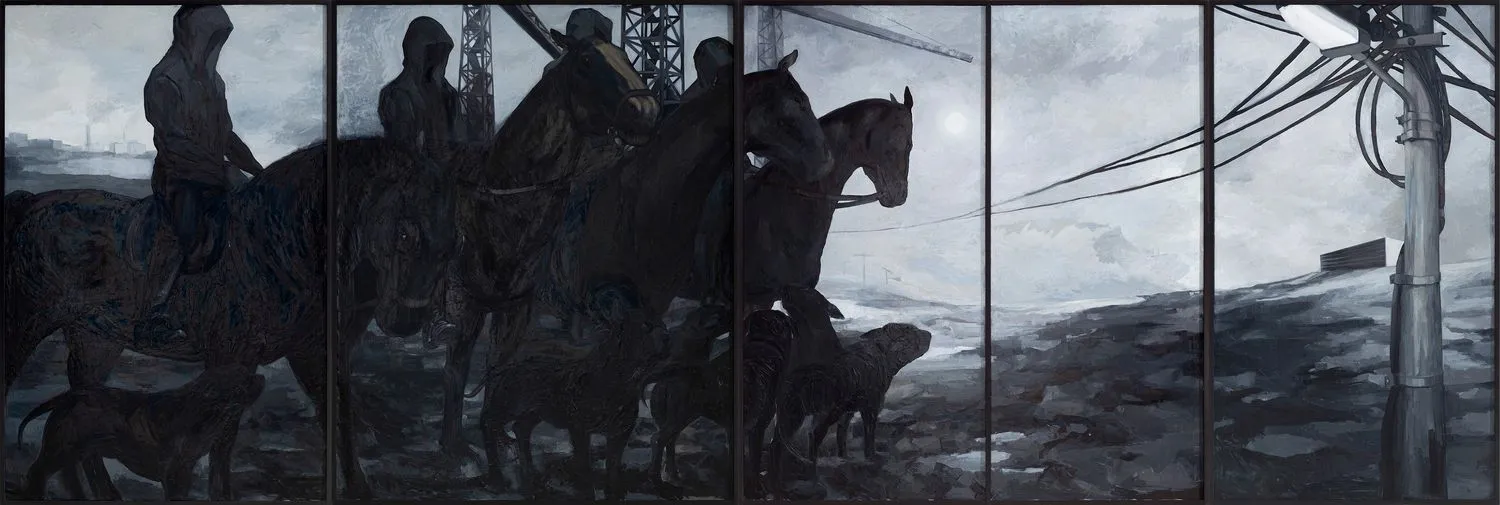
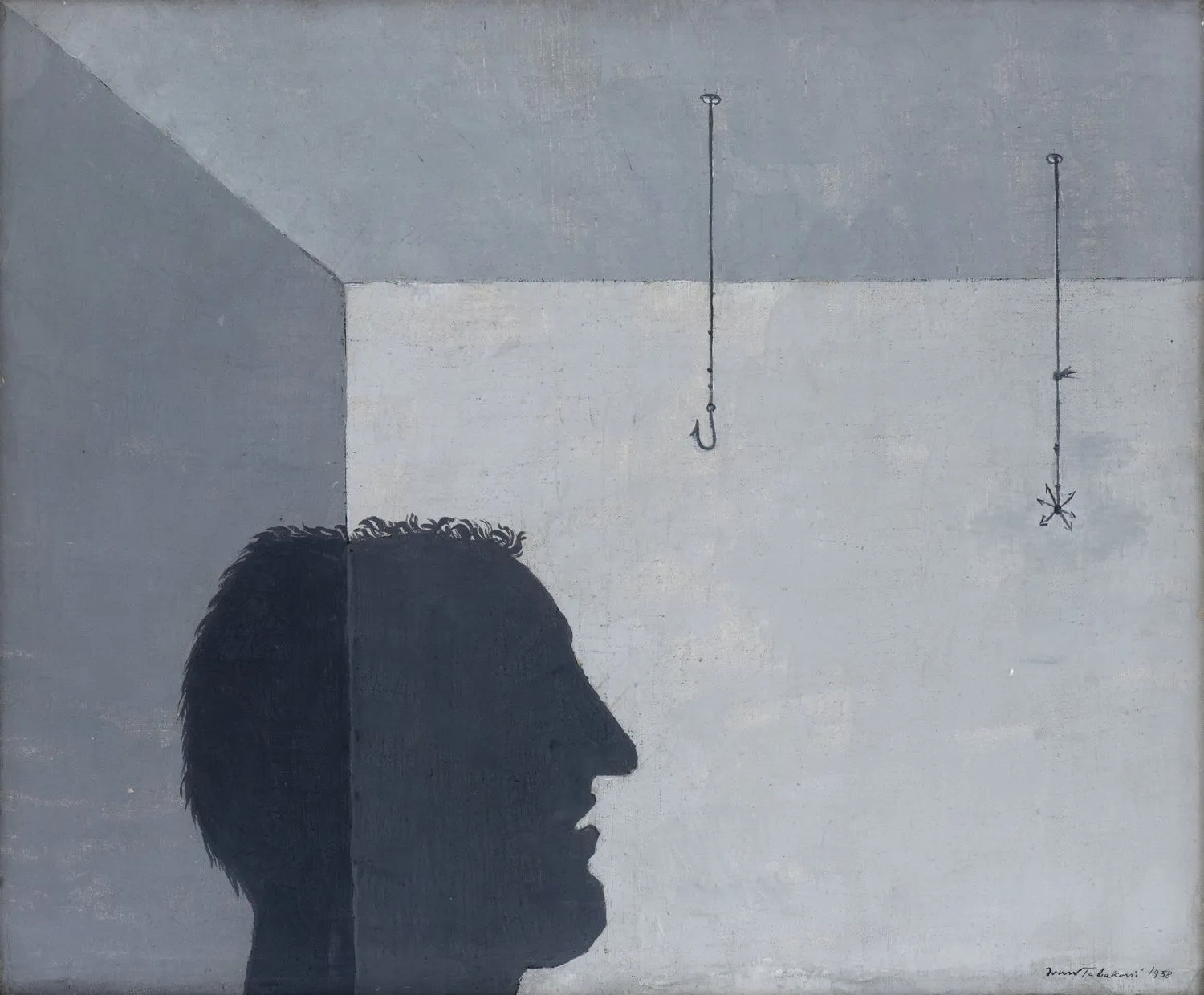
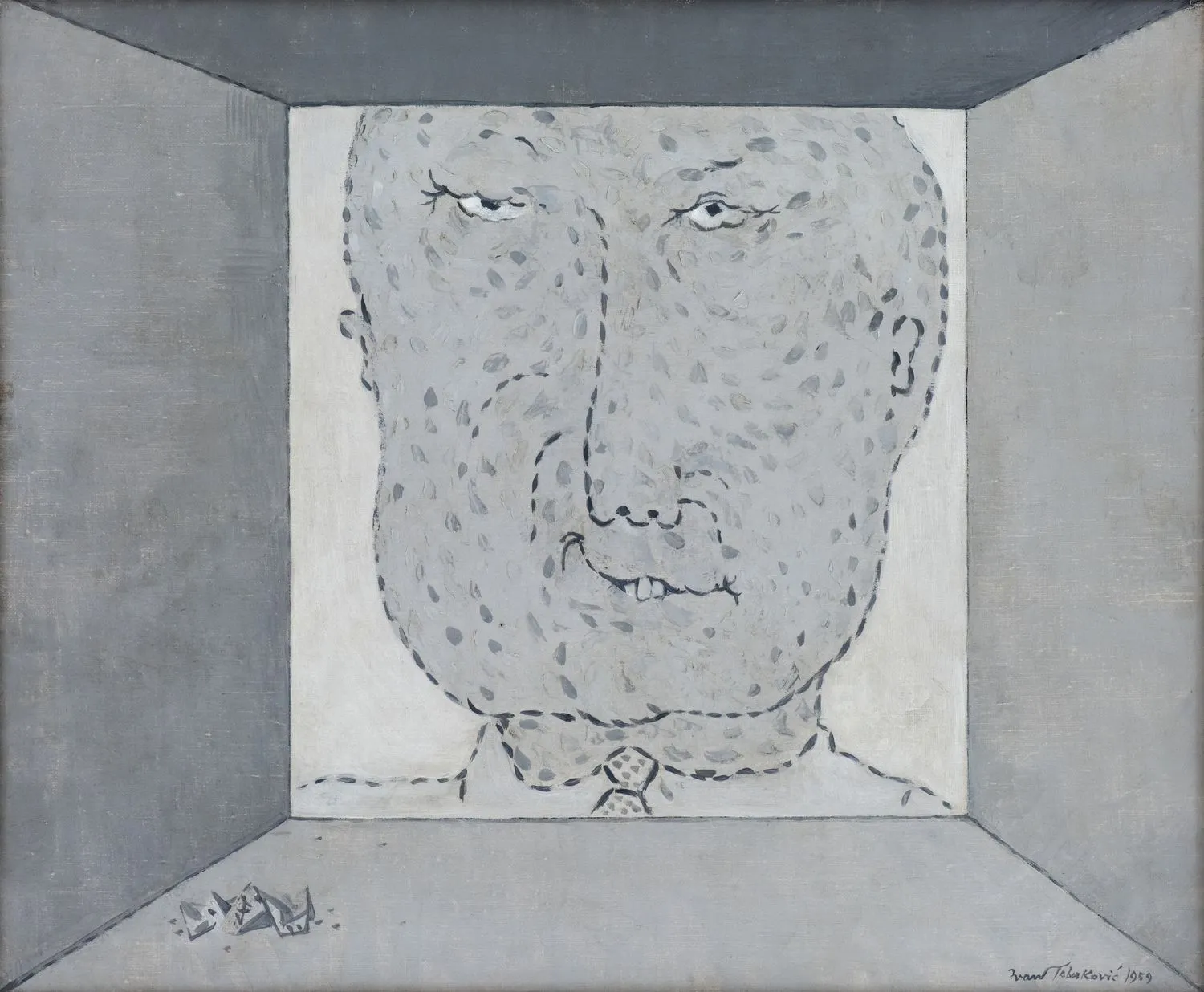
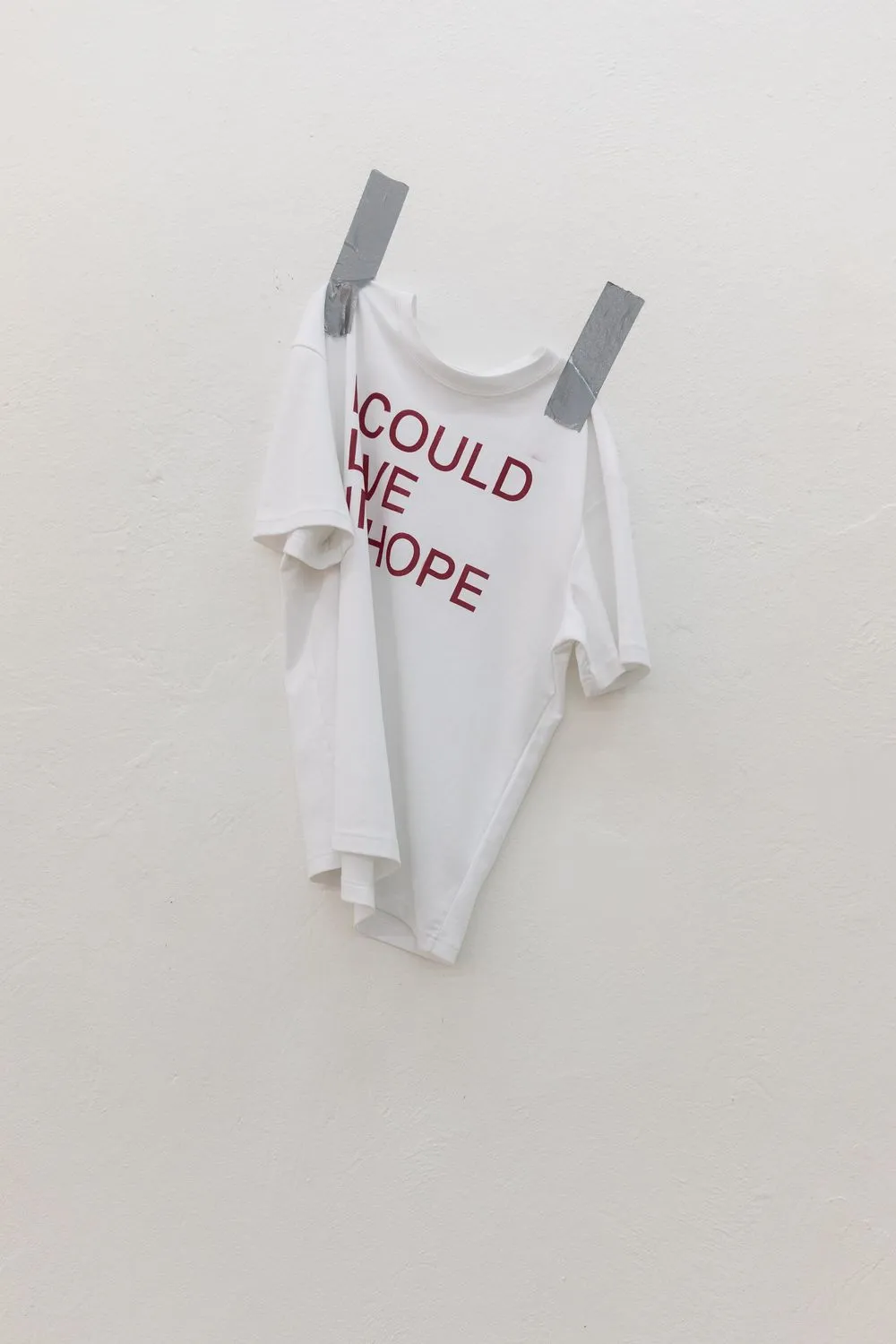
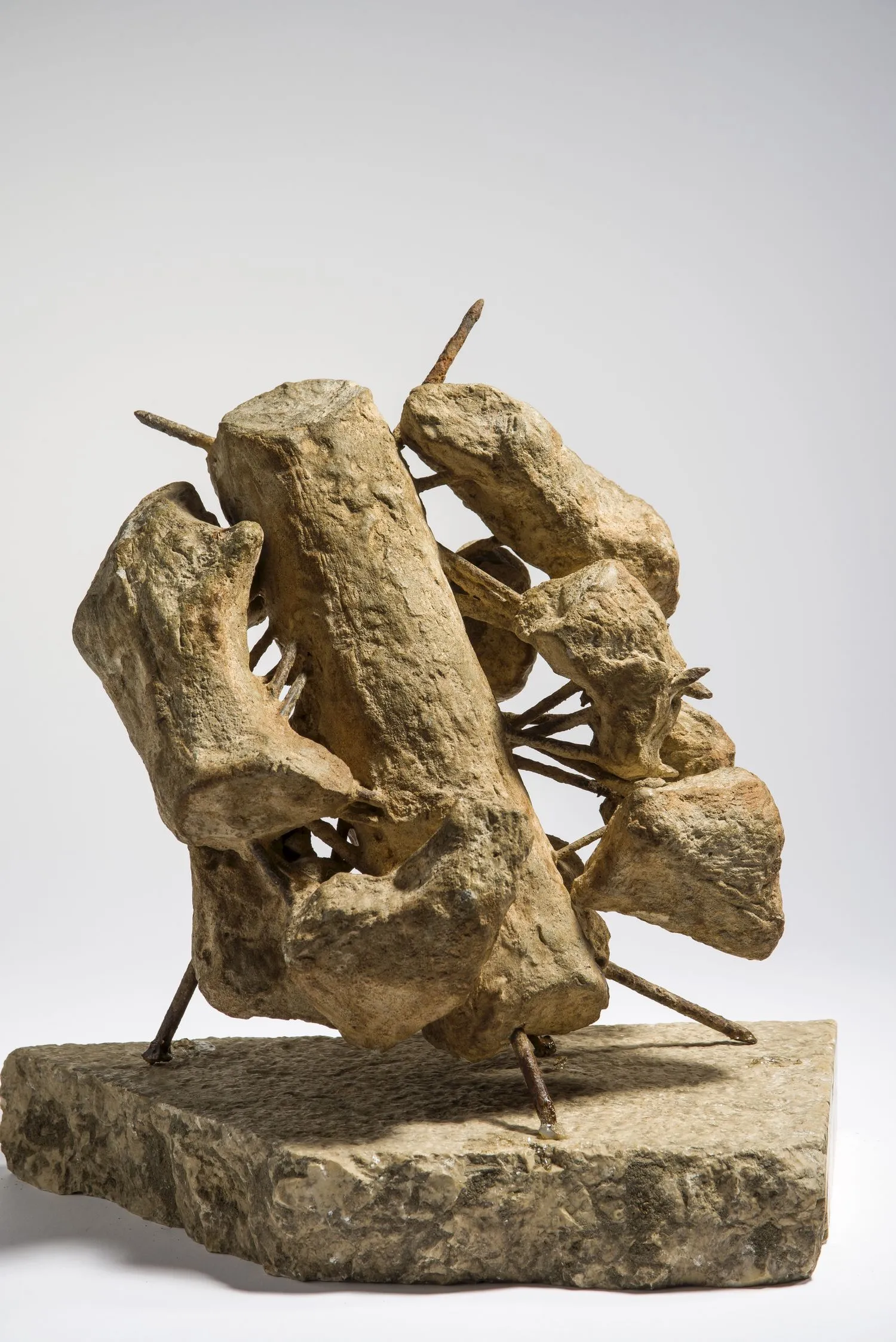
*This article was written as part of the Art Writing Workshop organized by Loophole at U10 Art Space.